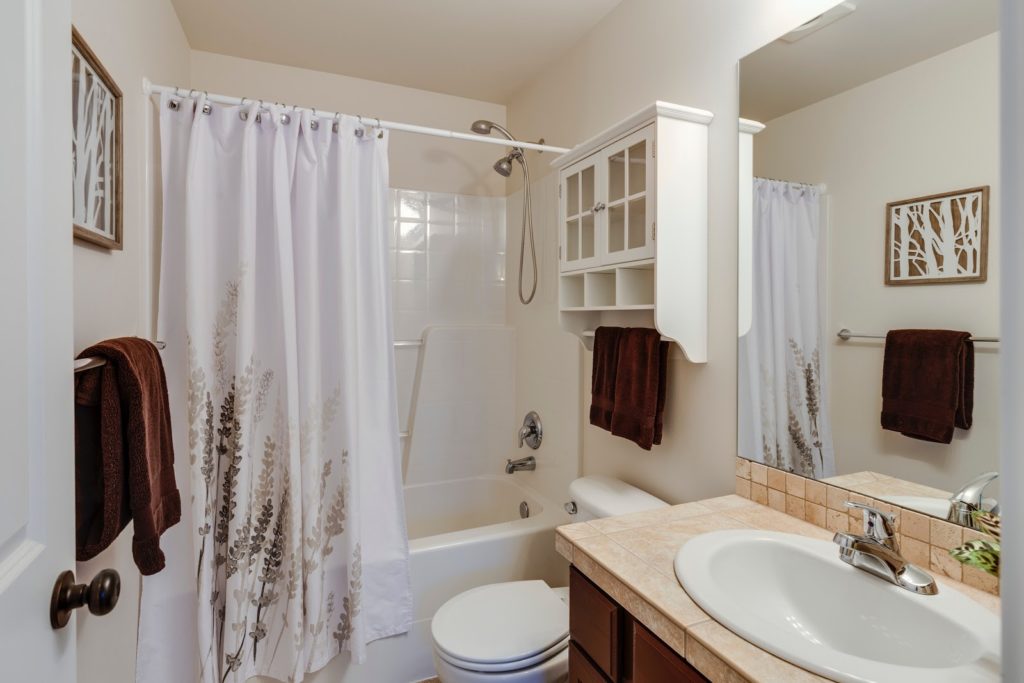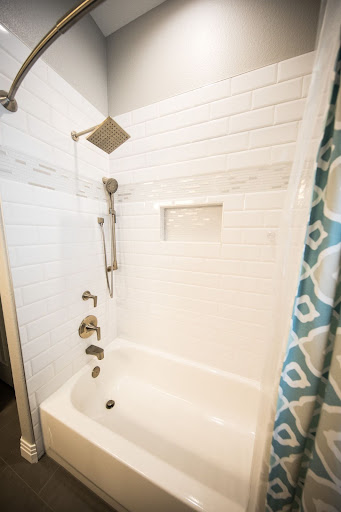Acrylic vs. Steel Bathtubs
Published on Thursday January 7, 2021
Baths can be a great relaxing addition to your home. Whether you decide to add a tub for the first time, or it simply comes time to replace your current one, you will find there are many options to choose from. Acrylic and steel tubs are some of the most popular choices.
But exactly which type is better for your home? When comparing steel vs. acrylic bathtubs in terms of variety in style, weight, and ease of installation, acrylic bathtubs take a clear lead; when it comes to durability, however, steel bathtubs leave acrylic tubs in the dust.
While there are pros and cons to both, which is the best choice overall? In the end, the battle of acrylic vs steel tub will come down to what factors you prioritize, like budget, ease of installation, and durability.
Acrylic vs. Steel Tub Pros & Cons
Manufacturing Method
Acrylic and steel tubs are made quite differently. Acrylic tubs are made from sheets of plastic that are reinforced with fiberglass which makes them lightweight and flexible, therefore available in a variety of shapes, styles, and designs. While steel tubs are made from a single sheet of steel that is pressed into a mold, sprayed with an enamel coating, and then furnace-treated to help create a strong, durable, non-porous surface.
Heat Retention
There’s nothing worse than when you’re enjoying a relaxing bath and then the water starts running cold. Heat retention is a huge consideration when comparing acrylic vs. steel tubs. It can be something that is easily overlooked when picking out a tub but can make all the difference once you go to use the tub after it’s been installed.
Acrylic tubs do decently well at retaining heat so you don’t have to continuously refill the tub to keep the water warm. Steel tubs, however, work as a conductor, allowing heat to dissipate and cooling the water faster. While the tub itself heats up quickly when hot water is added, it also loses that heat relatively quickly.
Installation
While a DIY project can save on labor costs, when it comes to bathtubs, it’s important to remember they are a bit more difficult to install than your average home product. If you are planning to install a tub yourself, you might want to consider the weights in terms of steel vs acrylic baths.
Steel tubs are usually between 150 and 200 pounds. Acrylic tubs come in around at only 50 to 100 pounds. Because of this difference, acrylic tubs are usually preferred when a hometown chooses to install the tub themselves.

Corrosion
Another big point to consider is corrosion. In the steel vs. acrylic bath debate, acrylic is the clear winner. Acrylic doesn’t corrode, and it also doesn’t allow mold, bacteria, and other germs to damage the surface of the bathtub. While steel tubs also don’t allow damage from bacteria and mold, they are prone to rust, especially in areas where there is water leakage or chipping of the enamel coating which can lead to the need for large repairs.
Damage
Damage is always a concerning factor for any big-ticket purchase, and bathtubs are no different. When debating acrylic vs steel tubs, you may want to consider the fact that acrylic tubs will get scratched much easier than steel ones. This is because acrylic is a cheaper material than steel, which has scratch resistance built into it.
Another damaging issue to be aware of is stains. This is actually correlated with scratch resistance. Since acrylic tubs are more likely to get scratched, it leaves more room for gaps where stains can appear more easily. This is why steel tubs are also less likely to become stained.
Possibly the biggest concern in terms of damages on tubs are cracks. A crack can be detrimental to a tub. Thankfully, cracks are pretty rare on most tubs, apart from fiberglass ones. When thinking about steel vs acrylic bathtubs, acrylic tubs are more likely to crack but it would still take a lot for that to happen. The flexibility of the acrylic material can be prone to cracks if the tub was installed incorrectly. For steel tubs, pretty much the only chance that it will crack is if something very heavy is dropped on it.
Scratch Resistance
Since steel tubs are reinforced with a hard-wearing enamel, they are very resistant to scratching—definitely more so than acrylic tubs. That being said, damage to steel tubs is harder to repair than in the case of acrylic tubs. While acrylic tubs may damage more easily, these surface scratches can often be fixed with ease.
Ease of Maintenance
A bathtub is quite easy to clean, even if it is not the most fun chore. When you first install an acrylic tub or a steel tub the cleaning process is pretty much the same. It’s only after some wear and tear that you will notice a difference in the maintenance between the two styles.
If chips arise in steel tubs, you will have to patch them which can take some time but once they’ve been patched correctly, they will stay intact for the long term. If your acrylic tub gets scratched, there are numerous ways to fix it, however, you will likely have to continue to fill them in over and over as they don’t last as long as a steel tub patch.
Durability
When it comes to a bathtub replacement, durability is key. A bathroom remodel of any kind is something you want to invest in to ensure that you don’t have to be doing it again after only a few years.
Acrylic tubs are incredibly durable when compared to many similarly priced materials like fiberglass, but they can’t compare against metals like steel or cast iron. Both acrylic and steel tubs are a good choice if you’re looking for a tub that will last a while, though a steel tub will likely last a lot longer. So if you’re designing a bathroom for your forever home, a steel tub might be the best fit for you.
Weight
Acrylic is one of the most lightweight materials on the market, making these tubs very easy to install. Steel tubs, however, are usually over 300 pounds—some weigh as much as 500.
This makes installation more labor-intensive and time-consuming. Installing a steel tub on upper levels of the home is especially tricky and requires reinforcements to ensure safety.
Cost
Comparing steel vs. acrylic baths in terms of price can be difficult since the cost difference largely depends on the
One of the most important factors of any home renovation: cost. Looking at steel vs acrylic bathtubs, which one is more affordable? Typically, an average-sized steel tub will always come in slightly cheaper than an acrylic option. Steel tubs are usually priced between $300-$1,500, whereas acrylic tubs are usually in the $600-$2,000 range.
These prices are variable, however. If you were planning on getting a larger-than-normal tub in either style, these prices would increase. On the other hand, if you happen upon a sale you could see the average size at a lower cost as well. Another important thing to mention is that these prices just cover the tubs themselves. If you are planning a remodel be sure to budget an installation cost, too.
Steel vs. Acrylic Bathtub: Which is Better?

If you’re still unsure of which type of tub is best for you, don’t hesitate to reach out to the resident experts at Long Baths™. Long’s acrylic bathtubs offer a variety of benefits like customization, heat retention, easy installation, and more that you just can’t get with a steel tub. If you’re looking to upgrade your bathtub, visit us online today to get a quote or schedule a free, in-home consultation!
Interested in Long Home Products?
See our special offers now.
*Excludes labor. Subject to credit approval.
**Excludes labor. Subject to credit approval.
One-day installs contingent upon municipal rules and regulations.
By submitting a form, I authorize Long Home to contact me with information about its products and services via mail, email, phone and/or text at the contact information provided, even if I am on the national do not call list. Long Home may use automated telephone technology to initiate calls to its customers. Calls and in person estimates may be recorded for quality and training purposes.








